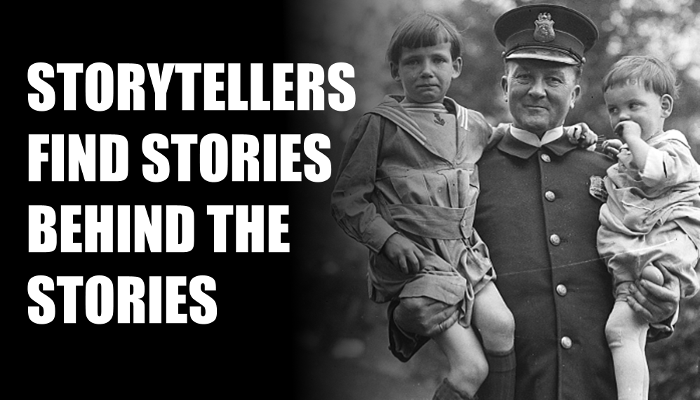
My friend Mike is a big guy–big as in football lineman big.
A few weeks after 9/11, Mike found himself crammed into a seat on a commercial aircraft. Years of pounding had caused a bone-on-bone situation with his knee, and therefore he couldn’t sit too long without experiencing debilitating pain. So, he stood and hobbled to the back of the airplane to stretch his legs.
“I know that we’re not supposed to congregate,” he said to the flight attendant, “but my knee is killing me. Would it be okay for me to stand here for a little while?”
She smiled and told him to take as much time as he needed.
A few minutes later, an old woman approached. She touched his arm and thanked him. She said that she and her husband felt so safe with people like him on board. Her husband smiled and flashed Mike a thumbs-up sign.
“Don’t worry, Ma’am,” Mike said with his Arkansas accent. “Nobody will be taking airplanes like that anymore.”
She thanked him again and went back to her seat. But, that’s when Mike replayed the conversation in his head. Does she think that I’m an air marshal? he thought. If so, had he just impersonated a federal agent? He decided to come clean with the flight attendant.
She smiled after Mike explained the situation. “Don’t worry about it,” the flight attendant said. “We had a troublesome passenger up front. When he refused to listen, I pointed back at you and said, ‘Do I need to have that guy come and speak with you?’”
There’s always more than one story. In this example, there were at least three:
- Mike’s story. A man needed pain relief
- The elderly couple’s story. A husband and wife who needed to feel safe and mistook the man for an air marshal.
- The flight attendant’s story. A flight attendant needed to deal with an unruly passenger.
Beginner storytellers are so focussed on the primary story, that they miss opportunities to add deeper meaning and memorability to them. Seasoned storytellers, on the other hand, know that all stories consist of multiple layers of individual wants and needs.
Think about your most recent customer story. What’s the story behind that story? And is there another story behind that? Sometimes the secret to memorability lies within the ability to see past the primary story to uncover the more meaningful secondary ones.
Photo Credit: Harris & Ewing, photographer. [Police Officer holding children]. [1922] Image. Retrieved from the Library of Congress, https://www.loc.gov/item/hec2013012140/.